Password protecting folders is one of the most important utilities on any device, especially on laptops. It helps us share information privately and prevents its content from being read by anyone else. In other laptops and PCs, the easiest way to maintain this privacy is to encrypt files or folders. Luckily, Mac offers an easier way to do it, including assigning a password to the corresponding file or folder. Read this guide to learn how to password protect folders on your Mac with or without the Disk Utility feature.
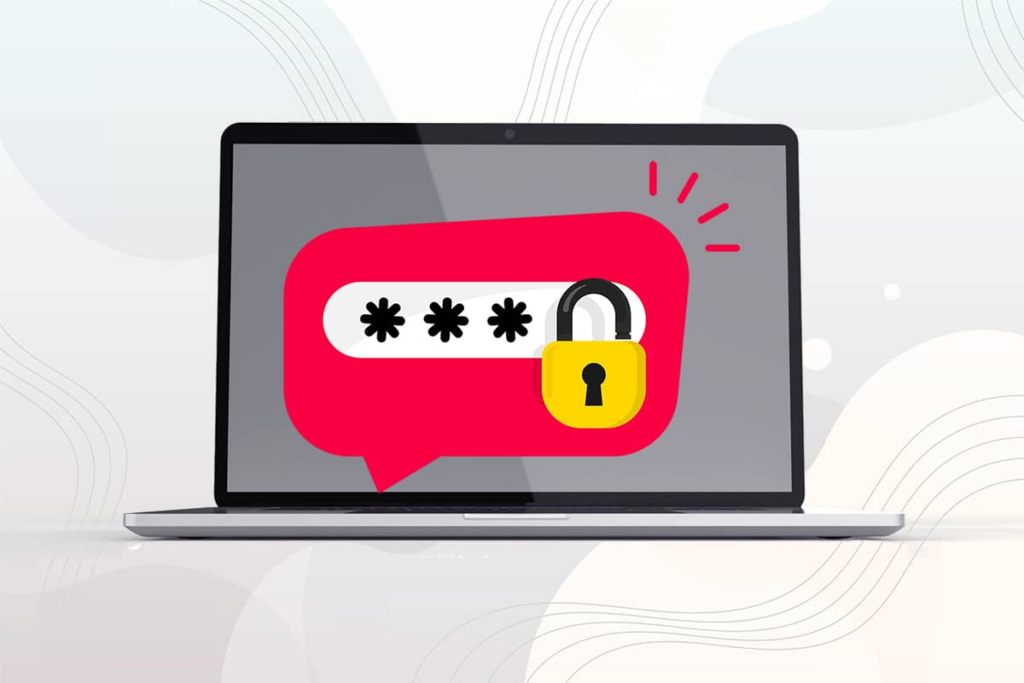
How to password protect folders on Mac
There are several reasons why you might want to assign a password to a specific folder in your MacBook. Some of them are listed below:
- Privacy: Some files aren’t shared with everyone. However, if your MacBook is unlocked, almost anyone can browse its contents. This is where password protection comes in handy.
- Selective sharing: If you need to send different files to a specific group of users, but those multiple files are kept in the same folder, you can password protect them individually. By doing so, even if you send a merged email, only the user who knows the password will be able to unlock the specific file they want to access.
Now that you know a few reasons why you might need to password-protect your files or folders in your Mac, let’s take a look at how you can do the same.
Method 1: Use Disk Utility to password protect folders in your Mac
Tutorial on how to password protect folders on Mac: Using Disk Utility is the easiest way to password protect files or folders in your Mac.
1. Launch Disk Utility from the Mac Utilities folder as shown in the image.

Alternatively, open the Disk Utility window by pressing the Control + Command + A keys on your keyboard.
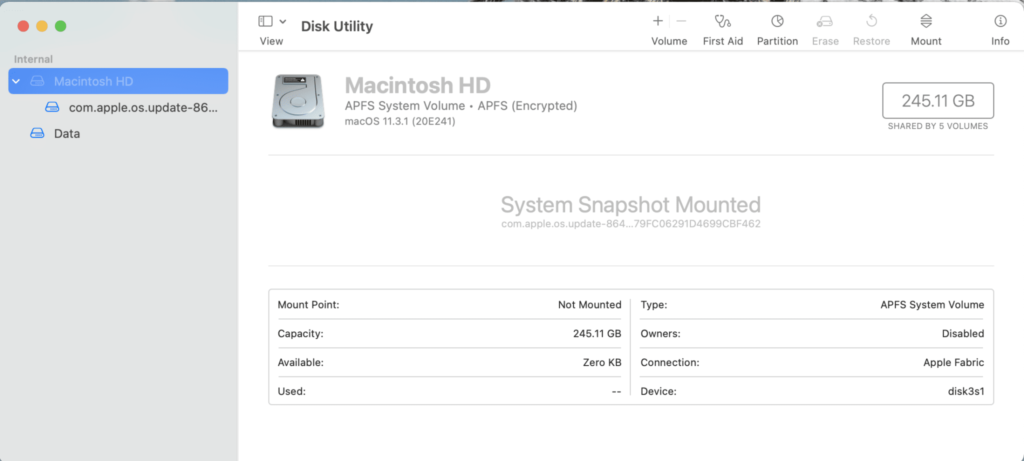
2. Click File in the menu at the top of the Disk Utility window.
3. Select New Image > image from the folder as shown in the image below.
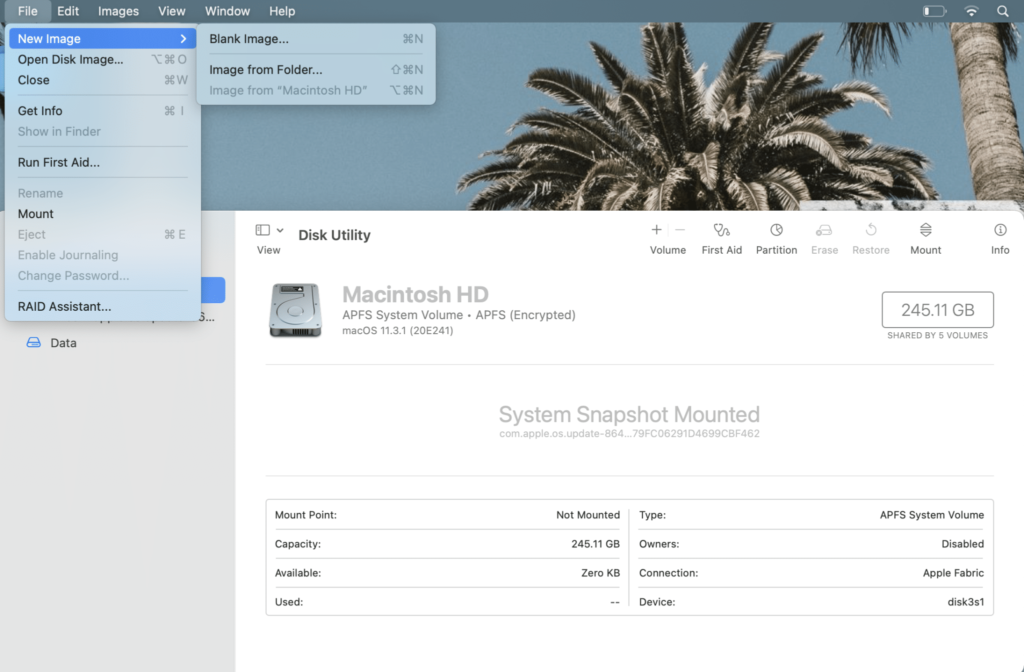
4. Select the folder you want to password protect.
5. From the Encryption drop-down menu, select the 128-bit AES encryption (recommended) option. This allows for faster encryption and decryption and provides good security.

6. Enter the password used to unlock the password-protected folder and verify it by re-entering.

7. From the Image Format drop-down list, select the Read/Write option.
Note: If you choose a different option, you won’t be able to add new files or update them after decryption.
8. Finally, click Save. Once the process is complete, Disk Utility will notify you.
Unless you change the location, a new encryption will be created next to the original folder in the original location. DMG file. Disk images are now password-protected, so they can only be accessed by users who know the password.
Note: The original file/folder will remain unlocked and untouched. So, to further increase security, you can delete the original folder and leave only the locked files/folders.
Method 2: Password protect folders in your Mac without Disk Utility
This method is best for when you want to password protect individual files on macOS. You don’t need to download any additional apps from the App Store.
Method 2A: Use the Notes app
Tutorial on how to password protect folders with Mac: The app is easy to use and can create locked files in seconds. You can create a new file on Notes, or you can use this app to scan a document from your iPhone to lock it. Follow the given steps to do this:
1. Open the Notes app on your Mac.

2. Now select the file you want to password protect.
3. From the menu at the top, click on the lock icon.
4. Then, select Lock Note as shown in the image.

5. Enter a strong password. This will be used to decrypt this file later.
6. When you’re done, click Set Password.

Method 2B: Use the Preview app
How to Password Protect Folders on Mac? This is another option to use a note-taking app. However, you can only use Preview to password-protect PDF files.
Note: In order to lock other file formats, you must first export them to .pdf format.
Here’s how to use this app to password protect your files in your Mac:
1. Launch the preview on your Mac.
2. From the menu bar, click File > Export, as shown in the image below.

3. Rename the file in the Export As: field. For example: ilovepdf_merged.

4. Check the box marked as Encrypted.
5. Then, enter the password and verify it by re-entering it in the said field.
6. Finally, click Save.
Note: You can use similar steps to password-protect files on Mac using iWork Suite packages. These may include Pages, Numbers, or even Keynote files.
Method 3: Use a third-party app
There are several third-party applications that can be used to password-protect folders or files on your Mac. We are going to discuss two such applications here.
Encryption: Protect your files
This is a third-party app that can be easily downloaded from the App Store. If your job requires encrypting and decrypting files on a regular basis, this app will come in handy. You can easily encrypt and decrypt files by dragging and dropping them into the application window.
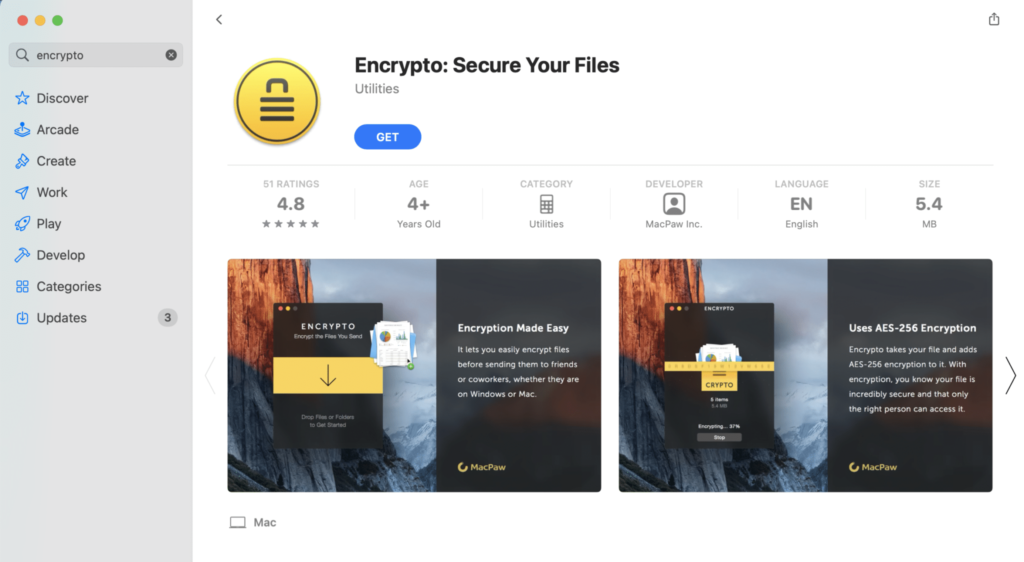
1. Download and install Encrypto from the App Store.
2. Then, launch the application from the Mac Applications folder.
3. Drag the folder/file you want to password protect in the window that now opens.
4. Enter the password that will be used to unlock the folder in the future.
5. To remember the password, you can also add a small tip.
6. Finally, click on the Encryption button.
Note: Password-protected files will be created and saved in the Encrypto Archives folder. If you want, you can drag the file and save it to a new location.
7. To remove this encryption, enter the password and click Decrypt.
BetterZip 5
Unlike the first application, this tool will help you compress and then password protect the folders or files in your Mac. Since Betterzip is a compression software, it can compress all file formats so that they take up less storage space on your MacBook. Its other notable features include:
- You can compress files on this app while protecting them with 256 AES encryption. Password protection is very secure and helps prevent your files from prying eyes.
- This app supports more than 25 file and folder formats, including RAR, ZIP, 7-ZIP, and ISO.
Download and install BetterZip 5 for your Mac device using the given link.
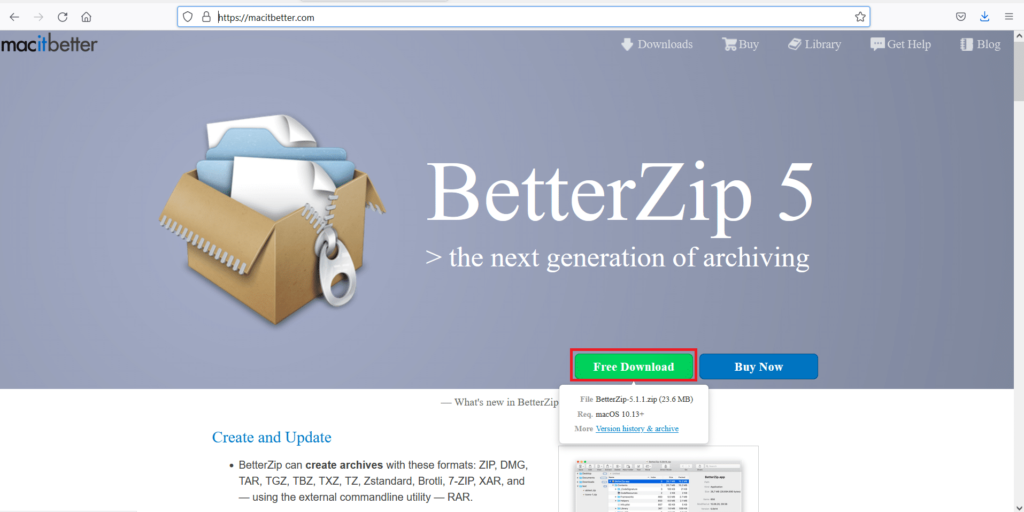
How do I unlock locked files on my Mac?
How to Password Protect Folders on Mac? Now that you have learned how to password protect folders in your Mac, then you should also know how to access and edit such files or folders. Follow the given instructions:
1. The password-protected folder will appear as . DMG file. Double-click on it.
2. Enter the decryption/encryption password.
3. The disk image of this folder will be displayed under the Locations tab on the left panel. Click on this folder to view its contents.
Note: You can also drag and drop other files into this folder to modify them.
4. Once the password is entered, the folder will be unlocked and will remain there until it is locked again.
5. If you want to lock this folder again, right-click on it and select Eject. The folder will be locked and disappear from the Locations tab.
Locking a folder or protecting it with a password is a very important utility. Thankfully, it can be done with any of the above methods. We hope you can learn how to password protect folders or files in your Mac. If you have other questions, please contact us with the comments below. We will get back to them as soon as possible.